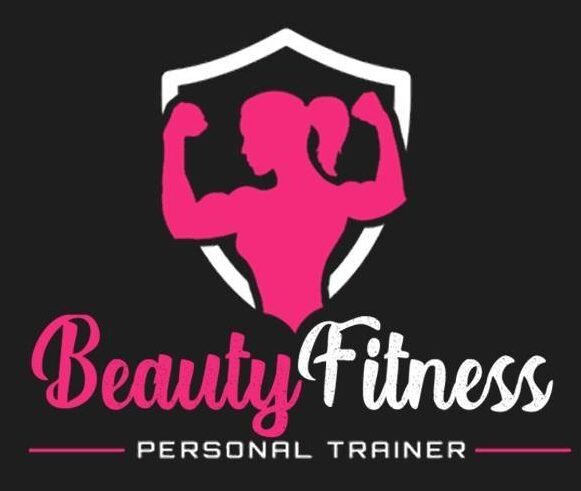Natural hair care tips encompasses a range of practices and techniques aimed at maintaining the health, texture, and appearance of hair in its natural state, without chemical alterations like relaxers or perms. This approach focuses on embracing the natural texture and beauty of one’s hair, which can vary widely from curly to kinky, and from wavy to coily. Here’s a comprehensive guide covering natural hair care tips, including cleansing, conditioning, styling, and maintaining overall hair health.
Natural Hair Care tips
Natural hair care is rooted in understanding and appreciating the unique characteristics of your hair texture and type. Whether you have curly, coily, or wavy hair, the goal is to enhance its natural beauty while promoting health and vitality.
Understanding Your Hair Type
- Hair Texture Classification:
- Type 2 (Wavy): Hair forms an S shape and tends to be more prone to frizz.
- Type 3 (Curly): Hair forms loose to tight curls and can range from spiral to corkscrew patterns.
- Type 4 (Coily/Kinky): Hair forms tight coils or zigzag patterns and is the most fragile and prone to dryness.
- Porosity and Density:
- Porosity: Refers to how well your hair absorbs and retains moisture. It can be low, normal, or high.
- Density: Refers to how many individual hair strands you have per square inch on your scalp. It can be low, medium, or high.
Understanding your hair type, porosity, and density helps tailor your natural hair care routine to meet its specific needs.
Natural Hair Care Tips
Cleansing and Conditioning
- Choosing the Right Shampoo:
- Opt for sulfate-free and gentle cleansers that won’t strip natural oils from your hair.
- Consider co-washing (washing with conditioner) or using mild shampoos to cleanse without drying out your hair.
- Deep Conditioning:
- Incorporate deep conditioning treatments weekly or bi-weekly to nourish and moisturize your hair.
- Use protein treatments occasionally to strengthen hair strands, especially if they are prone to breakage.
- Moisturizing:
- Moisturize your hair daily or as needed with water-based leave-in conditioners, creams, or oils.
- Focus on sealing in moisture with natural oils like coconut, jojoba, or argan oil to prevent dryness and frizz.
Styling
- Detangling:
- Detangle your hair gently using fingers or a wide-tooth comb, starting from the ends and working your way up to the roots.
- Apply a detangling conditioner or leave-in conditioner to make the process easier and minimize breakage.
- Protective Styling:
- Embrace protective styles such as braids, twists, buns, or updos to minimize manipulation and protect hair from environmental damage.
- Use satin or silk scarves, bonnets, or pillowcases to reduce friction and retain moisture while sleeping.
- Heat Styling:
- Minimize heat styling to prevent heat damage. If using heat tools, apply a heat protectant and use low to medium heat settings.
- Consider air-drying or using heatless methods like twist-outs or braid-outs to style your hair while preserving its natural texture.
Maintenance and Care
- Trimming:
- Schedule regular trims every 8-12 weeks to remove split ends and maintain hair health.
- Opt for professional trimming to ensure even and healthy hair growth.
- Scalp Care:
- Maintain a clean and healthy scalp by gently massaging it with natural oils or scalp serums to stimulate circulation and promote hair growth.
- Address scalp issues promptly, such as dandruff or itchiness, with appropriate treatments or products.
- Nutrition and Hydration:
- Maintain a balanced diet rich in vitamins and minerals essential for healthy hair growth, such as omega-3 fatty acids, biotin, and vitamins A, C, and E.
- Drink plenty of water to stay hydrated, as dehydration can affect hair health and moisture retention.
Cultural and Social Significance
- Embracing Natural Beauty:
- Natural hair care is a movement that celebrates embracing one’s natural hair texture and breaking away from societal norms and standards of beauty.
- It fosters self-acceptance and encourages individuals to appreciate their hair’s unique characteristics and cultural heritage.
- Community and Support:
- Natural hair care communities provide a platform for sharing tips, experiences, and product recommendations.
- They promote education and empowerment, particularly among individuals transitioning from chemically treated to natural hair.
Conclusion
Natural hair care is more than a routine; it’s a journey of self-discovery and self-expression. By understanding your hair’s unique needs and embracing natural hair care tips, you can nurture and enhance your hair’s natural beauty while promoting health and vitality. Whether you have wavy, curly, or coily hair, embracing natural hair care practices allows you to celebrate your hair’s diversity and cultural significance, fostering confidence and empowerment in your personal journey with natural hair.
